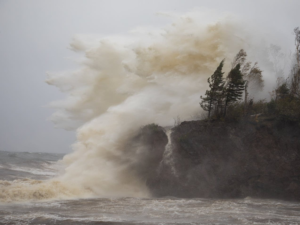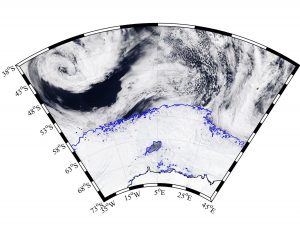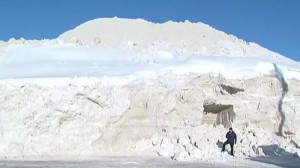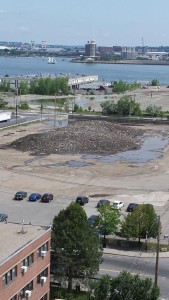
The Great Lakes, though their water is fresh, are so large they are often described as inland seas. Collectively, the Great Lakes region is sometimes called the “Third Coast”1 — and given its 5,300 miles of coastline2, it’s more than just a branding attempt to put the area on equal footing with the East and West coasts. But just how far does the comparison extend?
Far enough: even the lesser Great Lakes have seen waves large enough to make even the saltiest of sailors blanch. Waves on Lake Michigan can reach 20 to 23 feet3. More than 100 meteotsunamis — tsunami-like waves generated by rapid changes in barometric pressure — occur across the Great lakes each year. And in October 2017, the Great Lakes Observing System’s buoys recorded the largest waves it had ever detected: 28.8 feet on Lake Superior4. (The system’s records date back to 1979.)
Below, you can see footage of some truly monstrous waves on Lake Superior from 2018:




